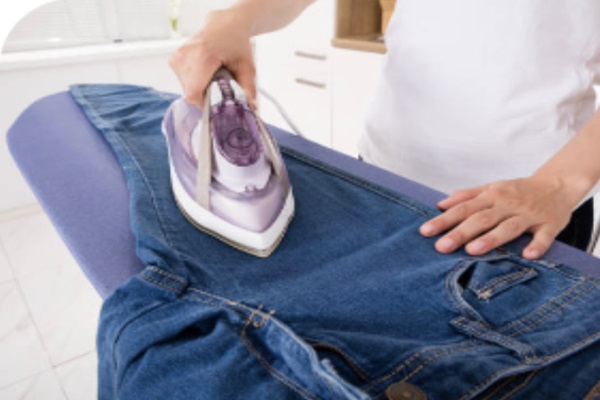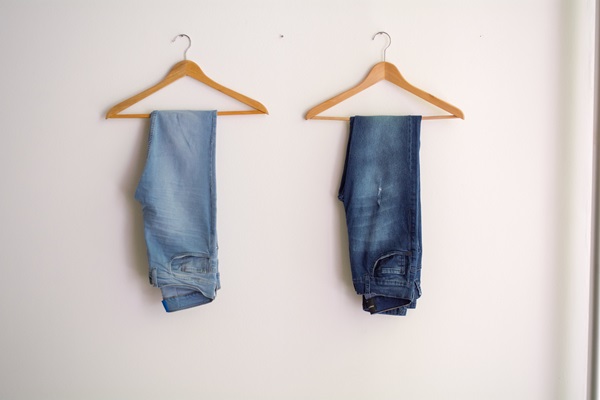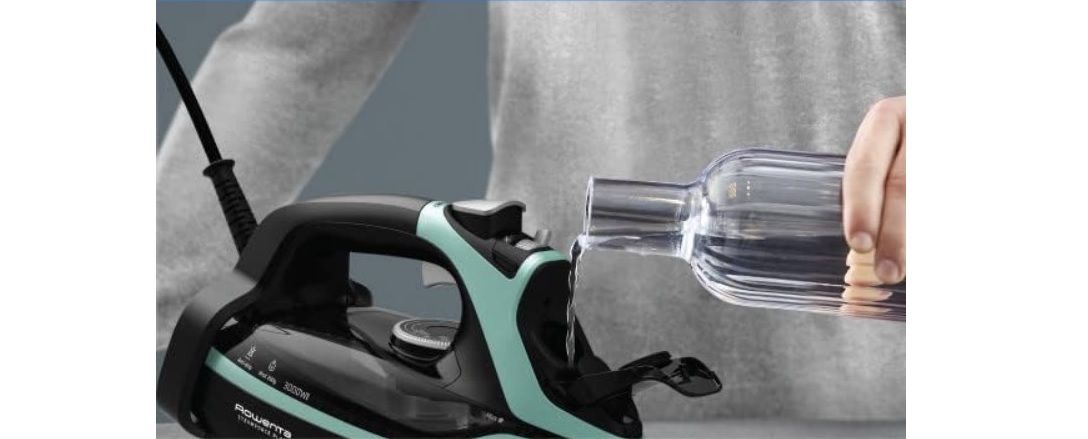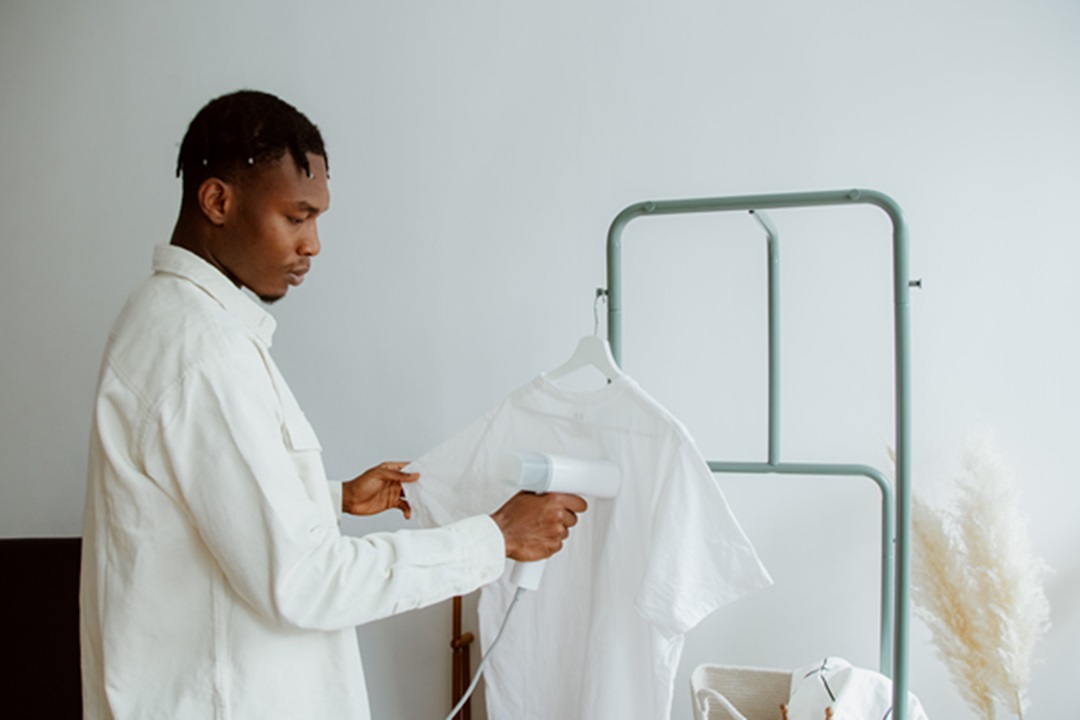How to iron jeans can be a daunting task for many, but with the right techniques, it becomes a breeze. Denim, with its unique texture, requires specific attention to ensure a smooth finish. By understanding the fabric’s needs and employing proven strategies, anyone can master the art of ironing jeans.
Ironing jeans may seem straightforward, but there’s a lot more to it than meets the eye. Whether you’re preparing for a night out or simply want your jeans to look crisp, knowing how to iron jeans properly can make a significant difference. While denim is durable and versatile, it also has its quirks when it comes to ironing.
Jeans can be quickly and easily ironed to remove wrinkles at home. All you need is a sturdy plastic table filled with water and a surface made of plastic or another material. Learn the steps, tricks, and tips to make your jeans look as if they were ironed by the pros. This guide will walk you through the nuances of ironing jeans, ensuring you get that polished look every time.
More Articles: Top 7 Best Rowenta Steam Iron
Should you iron jeans?
Diverse viewpoints are held by numerous individuals regarding this matter. It is indeed possible to iron jeans. It’s crucial to keep in mind that denim is composed of cotton fabric, which shrinks in high heat. Remember to adjust the iron’s settings before using denim shirts or blouses because the fibers in denim react differently to other materials!
Nevertheless, compared to beneath your iron, your pants are more likely to shrink in the washing machine or tumble dryer. Try washing, drying, and ironing your jeans at much lower temperatures to make sure they stay in the best possible shape.
But it’s a relief to know that ironing creased jeans won’t cause any long-lasting damage.
How to Iron Jeans
Ironing jeans goes beyond a basic chore. For that polished, sharp look—be it for a big event, an office day, or a casual outing—the right techniques matter. Dive in to master the art of ironing jeans.
Step 1: Understanding Your Jeans Fabric
Jeans are typically made from denim, a durable and rugged fabric made from cotton. However, some jeans are blended with materials like elastane for stretch. Knowing the material composition of your jeans is crucial because it determines the ironing temperature and approach.
Step 2: Preparation Before Ironing
Before you even plug in your iron, make sure your jeans are clean. Dirt or stains can become set in under the high heat of an iron.
Wash and dry: Always follow the care label instructions. It’s best to wash jeans inside out to prevent fading and to dry them naturally rather than in a dryer, which can shrink them.
Step 3: Selecting the Right Equipment
Iron: Opt for a steam iron with adjustable temperature settings. This will allow you to adjust the heat based on the jeans’ material.
Ironing Board: Ensure it’s stable and at the right height for you.
Spray Bottle with Water: To dampen your jeans if they’re too dry.
Step 4: Ironing the Jeans
Now that your jeans are ready, it’s time to get to the main event.
1. Set the Iron Temperature: If your jeans are 100% cotton, set your iron to the cotton setting. For jeans with a mix of materials, use a lower temperature to prevent damaging the elastane fibers.
2. Turn jeans inside out: This protects the outer side from getting shiny or scorched.
3. Begin with the waistband and pockets: Start at the top and work your way down. Iron the waistband first, followed by the pockets. Make sure to iron inside the pockets to eliminate any wrinkles.
4. Legs: Lay one leg flat on the ironing board. Start at the top and work your way down, applying pressure and using the steam function as needed. Flip the leg over and repeat on the other side. Then, proceed with the other leg.
5. Seams and Hems: Pay special attention to these areas. They are thicker and might require more heat and steam to smooth out.
6. Final Touches: Once you’ve finished ironing, hang your jeans immediately to prevent new wrinkles from forming.
Step 5: Storing Ironed Jeans
After putting in the effort to iron your jeans, you’ll want to store them in a way that keeps them wrinkle-free.
Hang Them: Using a sturdy hanger, hang your jeans by the waistband. This will help prevent any new wrinkles from forming.
Avoid Overcrowding: Ensure your jeans have enough space in the wardrobe. Overcrowding can cause them to wrinkle.
Additional Tips for Ironing Jeans
Never Iron Dry: Always ensure the jeans are slightly damp. If they’re too dry, mist them with water from a spray bottle. The moisture helps release wrinkles.
Use Starch for a Crisper Look: If you like your jeans to have a sharper, crisper look, you can lightly spray them with starch before ironing.
Check for Stains: As mentioned earlier, ironing over a stain can set it permanently. Always check before applying heat.
Avoid Over-ironing: Over-ironing can wear out your jeans faster. Iron them only when necessary.
Protect Embellishments: If your jeans have any embellishments, patches, or embroidery, use a pressing cloth between the iron and the jeans to protect them.
FAQs on How to Iron Jeans
Why should I iron my jeans?
Ironing jeans can offer a crisper, more polished appearance. Although many prefer the relaxed look of unwrinkled denim, ironed jeans can elevate an outfit and make it look more refined.
Do I need a special kind of iron or settings for jeans?
You don’t need a unique iron, but a steam iron can be effective. Set the iron to a high cotton setting. Ensure the jeans are slightly damp or use the iron’s steam feature for best results.
Should I iron my jeans inside out?
Yes, it’s recommended. Ironing jeans inside out can prevent any potential shine or discoloration on the visible side. Plus, it allows you to smooth out the seams and pockets easily.
What if my jeans have embroidery or patches?
Be careful! Place a thin cloth or towel over the embroidered areas or patches when ironing. This will protect the design and prevent it from damage due to direct heat.
Can I starch my jeans while ironing?
While not common, you can use starch for a stiffer appearance. However, ensure you use it sparingly and evenly to prevent any residue or stiffness in unwanted areas.
How often should I iron my jeans?
Ironing frequency depends on your preference. If you like a crisp look consistently, you might iron after every wash. Otherwise, occasional ironing when aiming for a neater appearance will suffice.
Final Thoughts
Ironing jeans can elevate your overall look and give you a more refined appearance. By following this comprehensive guide, you can ensure that your jeans look polished every time. Whether you’re dressing up or going casual, remember that the key is in the details. Taking a few extra minutes to iron your jeans can make all the difference in your outfit’s overall impression.
In case you found this article helpful, I would like to recommend some other articles that may be of further assistance:













